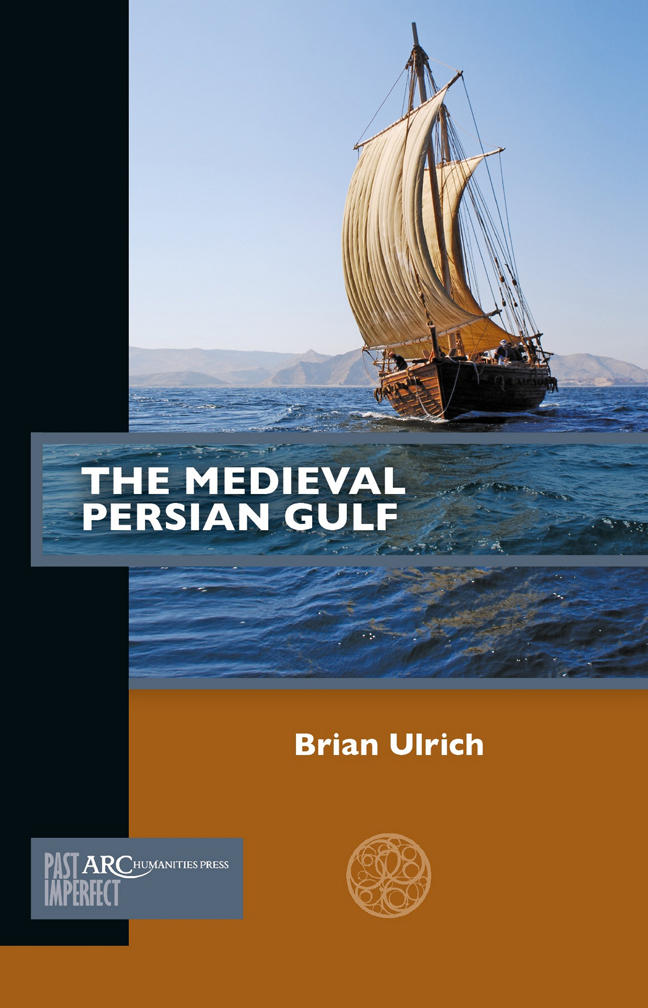Book contents
- Frontmatter
- Contents
- List of Illustrations
- Maps
- Timeline
- Introduction
- Chapter 1 Religious Diversity of the Early Islamic Era
- Chapter 2 Ethnic Diversity
- Chapter 3 The Society of Trade in the Early Islamic Period
- Chapter 4 New Trade Centres after 1000
- Chapter 5 Islamic Sects in the Late Medieval Gulf
- Chapter 6 Hormuz
- Conclusion
- Further Reading
Chapter 6 - Hormuz
- Frontmatter
- Contents
- List of Illustrations
- Maps
- Timeline
- Introduction
- Chapter 1 Religious Diversity of the Early Islamic Era
- Chapter 2 Ethnic Diversity
- Chapter 3 The Society of Trade in the Early Islamic Period
- Chapter 4 New Trade Centres after 1000
- Chapter 5 Islamic Sects in the Late Medieval Gulf
- Chapter 6 Hormuz
- Conclusion
- Further Reading
Summary
During the fifteenth century, Hormuz was the hegemon of the Persian Gulf. Located on the island of Jarun in what today is called the Strait of Hormuz, it controlled all traffic in and out of this body of water, much as today the strait represents a major choke point in global oil shipping. When in the early 1400s one of China’s Ming rulers sent admiral Zheng He with treasure fleets to display his empire’s greatness around the Indian Ocean and South China Sea, they stopped at Hormuz, and a Chinese Muslim writer who accompanied the fleets wrote of it glowingly. In the early 1500s, the Portuguese would capture the city and make vassals of its rulers as part of attempting to establish their own dominance, not only in the Gulf, but around the Indian Ocean.
As we have seen in previous chapters, the Hormuz visited and written about by these travellers from opposite ends of Eurasia was but the latest power to control the Gulf’s waters. The Hormuzi era, however, is convenient as a window to show the persistence of many of the themes discussed previously in this book, as we have ample testimony to the polity having a society where different religious and ethnic groups mingled together, sometimes with tensions, at other times with conviviality, all while participating in the long-standing livelihoods of the region.
Rise of Hormuz
The original city of Hormuz was not on the island which bears its name today. It was instead a port on the mainland near Minab oasis around 100 km east of modern Bandar Abbas. It first appears as noteworthy in the tenth century as the sea outlet of Kirman and the site of a leading indigo market. Its population grew with an influx of Omani refugees fleeing the conflicts of that country’s tenth century, and those ties would crucially shape its later history. Like most of the Iranian shore it had a backdrop of high mountains, and a three-kilometre canal linked it to the sea. During the eleventh and early twelfth centuries, it blossomed under the Seljuq administration described in chapter four.
The first major figure in building Hormuz to its place of supremacy was Mahmud al-Qalhati. A prominent trader, he came to the throne in 1242 via his wife, the daughter of the ruler of Hormuz who had allied with the Salghurids against Kish.
Information
- Type
- Chapter
- Information
- The Medieval Persian Gulf , pp. 91 - 102Publisher: Amsterdam University PressPrint publication year: 2023
